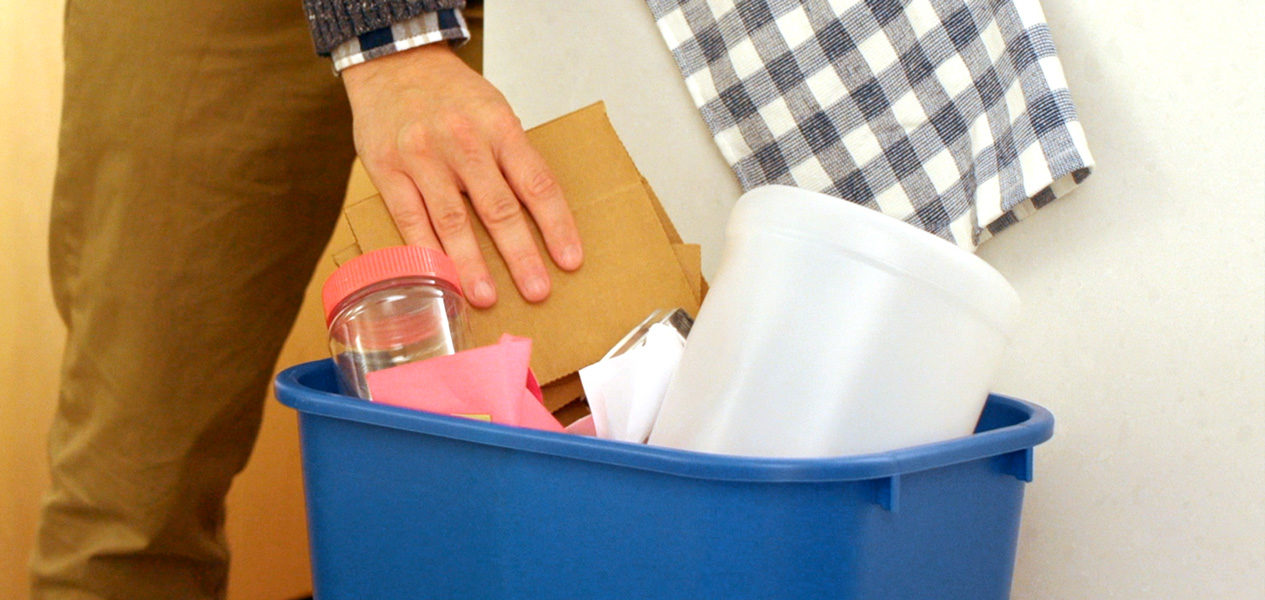Online sales in the U.S. sales grew by 36% just in the first half of December, according to Digital Commerce 360.
Per Recycle Across America, over 90% of all products shipped in the U.S. are packed in corrugated boxes. This totals more than 400 billion square feet of cardboard – that’s a lot of cardboard.
Due to the increased use of e-commerce and demand for cardboard, recycling boxes and packaging materials the right way is important to ensure there is enough cardboard in the supply chain to meet demand.
What’s even better is that recycling cardboard maximizes the use of our resources. Did you know that recycling cardboard only uses 75% of the energy needed to make new cardboard? And, that recycling one ton of cardboard saves 46 gallons of oil, amazing right?
So, how should you recycle the boxes and other cardboard items accumulating in your home? If you have curbside recycling pick-up, properly recycling your boxes is as easy as clicking “Order Now.”
- Check it. Before preparing a box or other cardboard material for recycling, make sure it is recyclable! Most cardboard can be recycled, but it must be free of grease, food materials and plastic or film windows.
- Empty it. Make sure your box is completely empty. Remove any packaging materials or small pieces of plastics. You do NOT have to remove the tape or packaging label.
- Break it down. You might be tempted to throw the box in your recycling bin, but you really need to take a beat and break it down. It’s important that the box is broken down into flat cardboard so that it can be processed at the recycling facility.
- Keep it dry. Fun fact! Cardboard (and paper) needs to be dry to be processed and recycled correctly. When recycling cardboard, make sure the lid of your outside recycling bin closes fully so that your recyclables aren’t contaminated by external elements, like rain.

